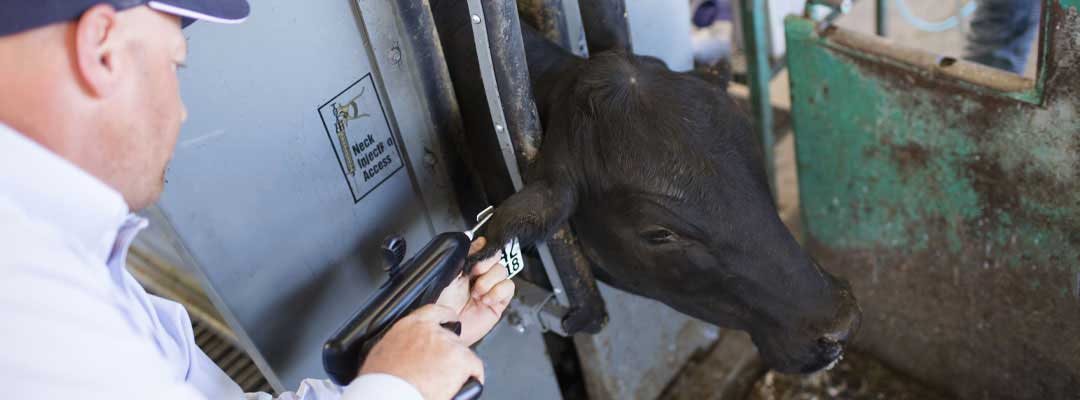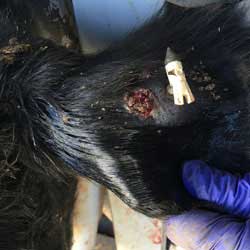Why Perform Routine Checks on Calf Implants and Cattle Implants?
Improper implant administration can mean lost pounds and dollars. Help guarantee a successful cattle implant program with these tips.

It’s nearly impossible to get the most out of an implant if it isn’t administered correctly. That’s why it’s important to conduct routine implant checks, whether you’re implanting calves or fat cattle in the feedyard. Why’s it so important? First off, incorrect administration could equal up to an $11 loss per head with a 10% error rate, which when multiplied can add up to a $10,000 loss per 1,000 head on feed. That’s dropping a lot of dollars! Conduct implant checks 30 to 60 days after administration to help ensure a successful outcome.
“Conducting implant checks often provides a learning opportunity for employees and can help protect the investment and profit potential implants provide,” said Dr. Douglas Hilbig, Beef Technical Services veterinarian with Zoetis, the company that manufacturers the cattle implant line, Synovex, including Synovex C, Synovex H, Synovex S and more, including 200-day duration implants for both pasture cattle and feedlot cattle.
3 important things to evaluate during an implant check: location, orientation and implant defects

- Location: Is the implant in the middle third or “top shelf” of the ear? Is the implant a finger’s width away from any ear tags or holes? Is the pellet under the skin and clear of the ear cartilage?
- Orientation: Are the pellets lined up in a straight line? Or are the pellets bunched or crushed?
- Defects: Are abscesses present, or is the implant walled-off so the pellet can’t be effective?
Inattention to detail and moving too quickly often influence the quality of implant administration. If issues occur, small adjustments in technique and environment can provide a drastic improvement. That will optimize implant success, which means more dollars.
3 additional things to keep in mind when implanting: sanitation, stress and employee training
- Sanitation: A clean ear, needle and environment are extremely important. Each dirty or wet ear should be cleaned before implanting. Dirt and debris should be brushed off the ear in one consistent direction to avoid driving dirt further into the ear. Disinfecting solutions and sponges should also be changed regularly to help avoid contamination. Always wear rubber gloves to prevent any additional dirt from entering the implant site.
- Minimize stress: Low-stress cattle handling during implanting is important. Properly restrain animals and use Beef Quality Assurance best practices to help keep animals quiet and reduce unexpected movements.
- Employee training: Doing routine implant checks provides an opportunity for real-time evaluation and additional training opportunities for your ranch hands. Training on specific implanting equipment can help improve success and effectiveness.
Watch for additional implanting technique and sanitation tips:
Make the most of your herd; boost average daily gain with an effective cattle implant program. Find calf implants and cattle implants developed for use in steers or heifers, with the wide selection of cattle implants available at veterinarian-founded Valley Vet Supply.
This content was originally provided by Zoetis, with additions included from Valley Vet Supply.


